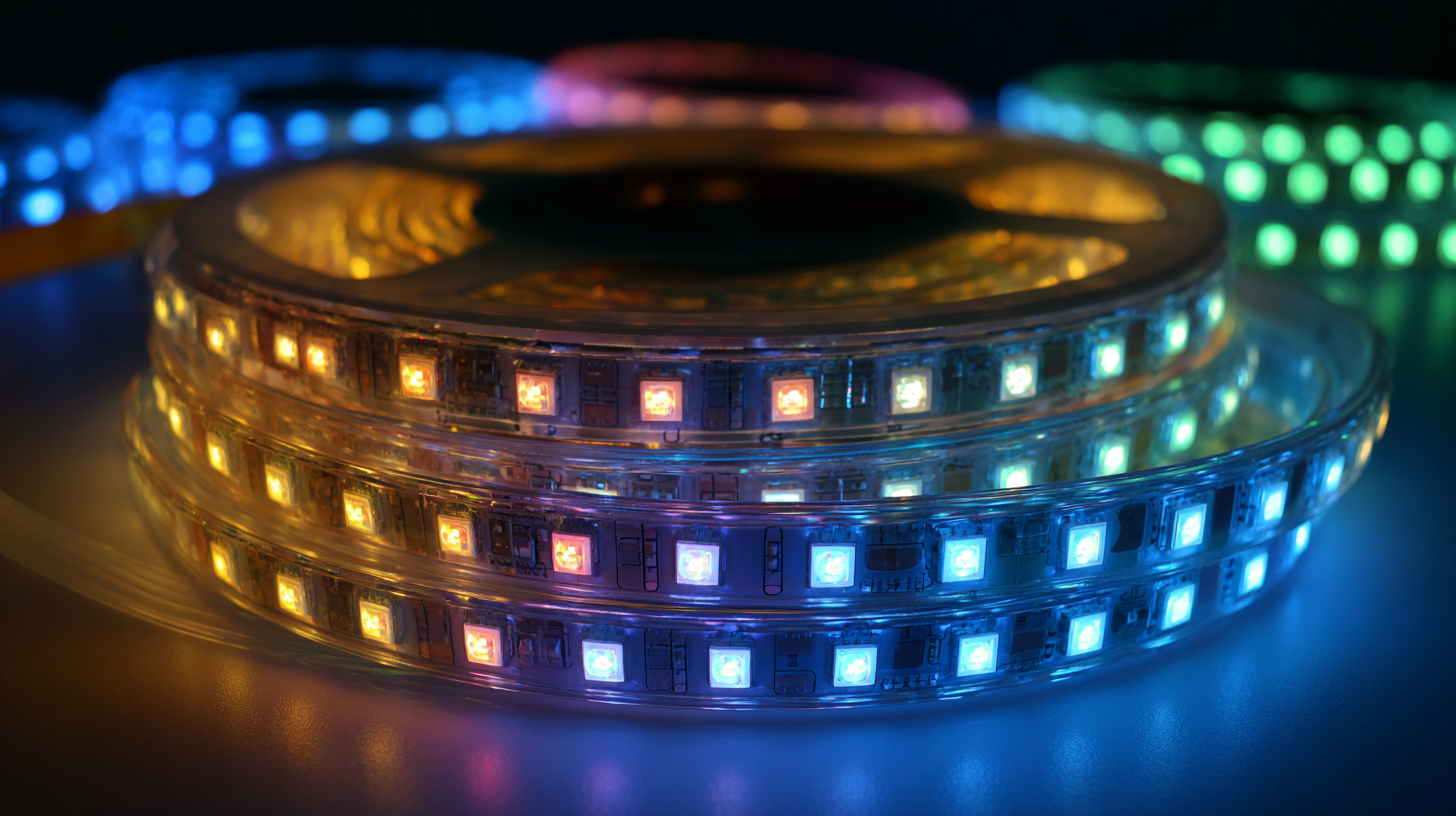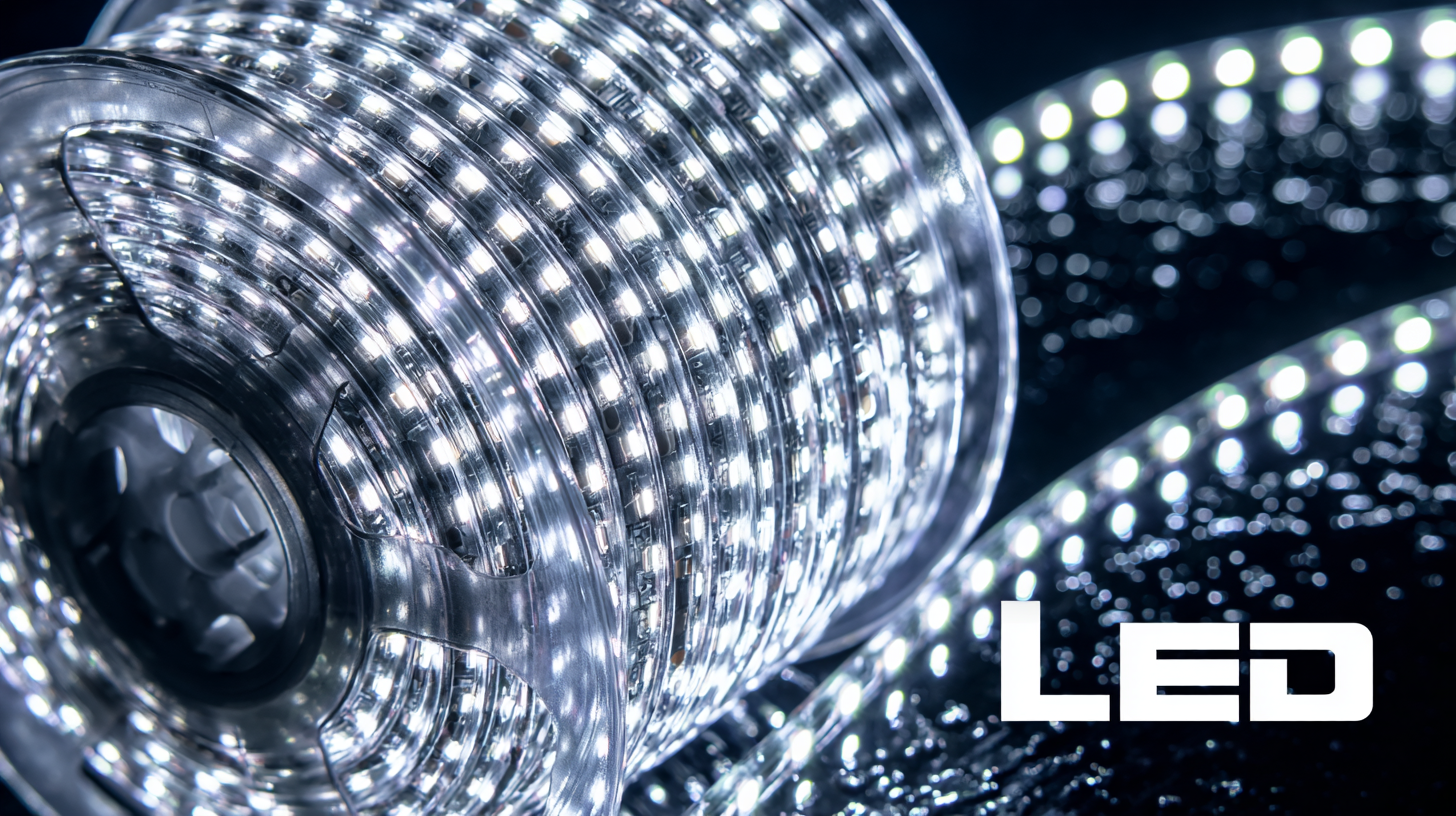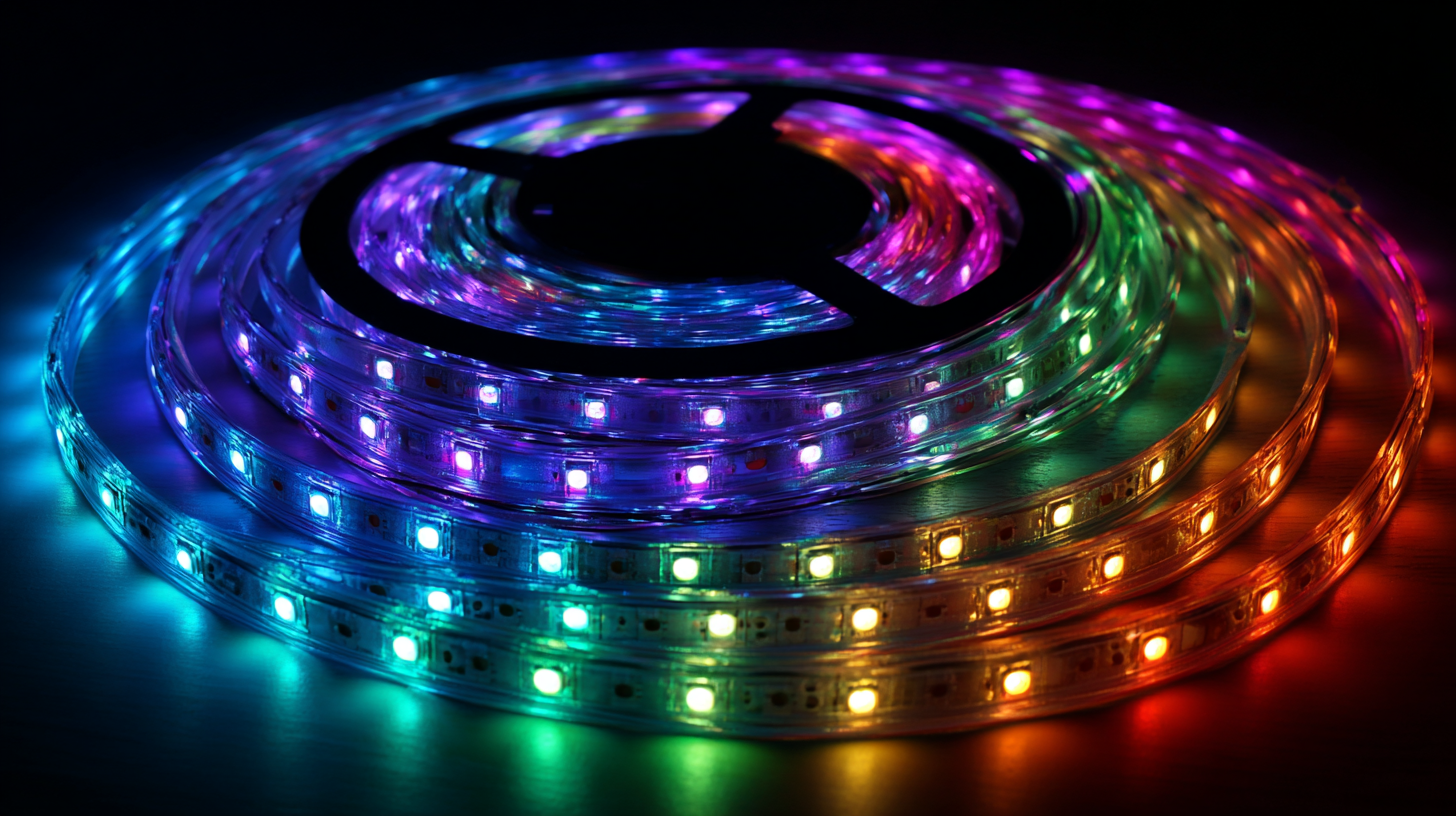2025 Tech Trends in LED Lighting: How to Choose the Best Waterproof LED Strips for Your Needs
As we delve into the 2025 tech trends in LED lighting, one of the standout innovations is the rise of waterproof LED strips. These versatile lighting solutions are becoming increasingly popular due to their durability and adaptability in various environments, making them essential for both indoor and outdoor applications. With the ongoing advancements in manufacturing technology, particularly in regions known for quality production such as China, consumers can benefit from a wide range of options tailored to their specific needs. When selecting waterproof LED strips, considerations such as brightness, color temperature, and energy efficiency come into play, ensuring that you choose the best product for your projects. Join us as we explore the latest developments in waterproof LED strips and provide insights on how to make an informed decision for your lighting needs in this exciting era of innovation.

Understanding the Importance of Waterproof LED Strips in 2025
In 2025, waterproof LED strips are becoming increasingly essential for both residential and commercial applications. With advancements in technology, these strips are no longer just about aesthetics; they provide durability and reliability in various environmental conditions. The significance of waterproof LED strips lies in their ability to withstand moisture, making them ideal for outdoor installations or areas prone to humidity, such as kitchens and bathrooms. Choosing the right waterproof LED strips not only enhances the longevity of your lighting system but also ensures safety and performance.
As consumers become more aware of the benefits of energy-efficient lighting, the demand for waterproof LED strips is expected to rise. These strips come with various features, including flexible designs and easy installation, catering to diverse needs. Understanding the importance of waterproofing in LED lighting helps consumers make informed decisions, ensuring that their lighting solutions are not only visually appealing but also resilient against liquids and weather conditions. Whether you’re looking to illuminate your garden, patio, or any space exposed to moisture, selecting the right waterproof LED strips is crucial for achieving optimal lighting performance and extending the lifespan of your investment.
Key Features to Consider When Selecting Waterproof LED Strips
When selecting waterproof LED strips, it is essential to consider several key features to ensure they meet your specific needs. First and foremost, check the IP rating, which indicates the level of protection against dust and water. For outdoor use or in humid environments, opt for strips with an IP67 or higher rating. This ensures they can withstand heavy rain and exposure to moisture without compromising functionality.

Another important factor is the brightness of the LED strips. Measured in lumens, brightness is crucial depending on the application; for outdoor lighting, higher lumens are typically needed to achieve the desired visibility and ambiance. Additionally, consider the color temperature, as it can affect the mood of the space. Warm white creates a cozy atmosphere, while cool white is ideal for task lighting. Finally, evaluate the flexibility of the strips; options that can bend and conform to various shapes are perfect for creative installations, ensuring that you maximize both function and aesthetic appeal.
Top Trends in LED Lighting Technology for 2025
The landscape of LED lighting technology is poised for significant transformation in 2025, unveiling a host of innovative trends that cater to both aesthetic appeal and functional efficiency. One prominent trend is the rise of bold pendants that double as art pieces, creating striking focal points in spaces while also providing effective illumination. This fusion of artistry and utility is expected to redefine how we perceive and utilize lighting in our homes and businesses.
Another noteworthy development is the emphasis on smart lighting features, which allows users to customize their environments seamlessly. As consumers increasingly demand personalized experiences, lighting solutions that offer retrofitting options and customization capabilities will become essential. The outdoor LED lighting market, which is projected to grow significantly, highlights the need for durable and waterproof LED strips designed to withstand varying environmental conditions while still delivering optimal performance. These advancements indicate a bright future for LED technology, emphasizing both style and substance in lighting design.
2025 Tech Trends in LED Lighting
How to Assess the Durability and Performance of LED Strips
When selecting waterproof LED strips, it's essential to assess their durability and performance to ensure they meet your specific requirements. A key factor in durability is the IP (Ingress Protection) rating, which indicates the strip's resistance to moisture and dust. For outdoor applications or environments subject to water exposure, look for an IP67 rating, which guarantees protection against temporary submersion. According to a report by the Illuminating Engineering Society, LED strips with satisfactory IP ratings last significantly longer than their lower-rated counterparts, often maintaining optimal brightness for over 50,000 hours.
Performance metrics, such as luminous efficacy and color rendering index (CRI), also play a crucial role in your choice. Luminous efficacy, measured in lumens per watt, quantifies how much light is produced for every unit of electricity consumed. High-quality waterproof LED strips typically achieve an efficacy of 80-100 lumens per watt, which can result in significant energy savings over time. Additionally, a CRI of 90 or above is recommended for applications where color accuracy is vital. Reports suggest that LEDs with higher CRI ratings enhance ambiance and visual clarity, which is especially important in commercial settings or artistic displays.

Best Practices for Installing Waterproof LED Lighting Solutions
When it comes to installing waterproof LED lighting solutions, choosing the right location and preparation is crucial. Start by assessing the environment where the LED strips will be used. Ensure that the surface is clean, dry, and free from dust or grease, which can impede adhesion. Measure the installation area carefully to avoid cutting LED strips too short or leaving excess, which can lead to inefficiencies or aesthetic issues. Consider using a mounting channel for a more professional look and better protection against moisture.
When attaching waterproof LED strips, utilizing high-quality adhesive backing is important. For areas exposed to extreme conditions such as constant water exposure, it’s advisable to apply a silicone sealant on the edges of the led strips to enhance moisture resistance. Additionally, make sure that all connections and power supply units are also water-resistant to ensure longevity and safety. Regular maintenance, including checking for signs of wear or damage, will help keep your waterproof LED lighting solutions functioning optimally, providing both beauty and functionality in your outdoor or wet location installations.
